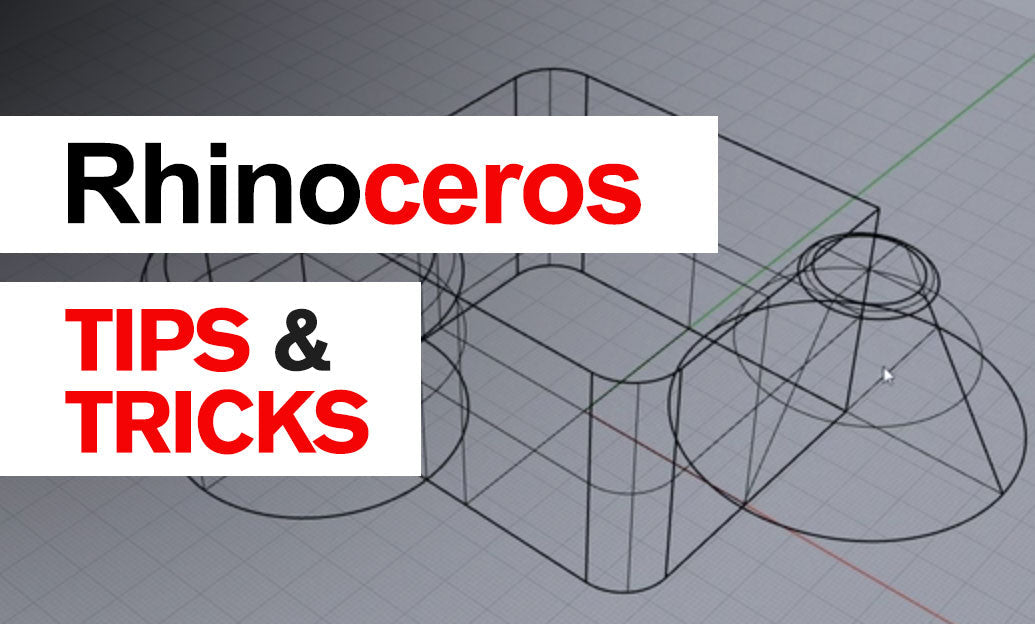Your Cart is Empty
Customer Testimonials
-
"Great customer service. The folks at Novedge were super helpful in navigating a somewhat complicated order including software upgrades and serial numbers in various stages of inactivity. They were friendly and helpful throughout the process.."
Ruben Ruckmark
"Quick & very helpful. We have been using Novedge for years and are very happy with their quick service when we need to make a purchase and excellent support resolving any issues."
Will Woodson
"Scott is the best. He reminds me about subscriptions dates, guides me in the correct direction for updates. He always responds promptly to me. He is literally the reason I continue to work with Novedge and will do so in the future."
Edward Mchugh
"Calvin Lok is “the man”. After my purchase of Sketchup 2021, he called me and provided step-by-step instructions to ease me through difficulties I was having with the setup of my new software."
Mike Borzage
AutoCAD Tip: Maximizing Efficiency with Advanced Viewport Management in AutoCAD
March 18, 2024 2 min read

In today's fast-paced design environment, AutoCAD remains a vital tool, continually adapting to meet the needs of designers and engineers. One of AutoCAD's strengths lies in its versatility to manage complex layouts efficiently through the use of Viewports. Understanding how to utilize Viewports can greatly enhance your productivity and precision when working with intricate plans and drawings.
Here's a tip to help you take advantage of AutoCAD's Viewports:
- Understanding Viewports: Viewports in AutoCAD are essentially windows into your model space, allowing you to view different parts of your drawing at varying scales simultaneously. This is especially useful when working on detailed sections of large projects.
- Creating Viewports: To create a new viewport, go to the ‘Layout’ tab and select ‘Layout Viewports’. You can choose to create single or multiple viewports depending on your needs. Rectangular viewports are the most common, but you can also create polygonal viewports for more custom shapes.
- Configuring Viewports: Each viewport can be configured with its own unique scale, layer visibility, and visual styles. This allows you to represent the same drawing in different ways for various purposes, such as a detailed view at a larger scale or an overall site plan at a smaller scale.
- Locking Viewports: It's important to lock the scale of your viewports once you've adjusted them to the correct scale for your drawing. This prevents accidental zooming or panning which could disrupt the scale and the alignment of your layout. This can be done by toggling the ‘Lock/Unlock’ button in the Viewports panel.
- Layer Control: Utilize the Layer Properties Manager to control which layers are visible in each viewport. This allows you to stress certain elements in one viewport while minimizing or hiding them in another, all without altering the model space entities.
- Annotative Objects: For annotations that need to appear at the same size in different viewports with varying scales, use annotative text, dimensions, and hatches. They will automatically adjust their size to appear correctly in each viewport.
- Viewport Overrides: You can override specific properties such as color, linetype, and lineweight for individual viewports. This is done through the ‘Properties’ palette when a viewport is selected, offering an extra level of customization for each layout.
- Performance Tips: When working with multiple viewports, it's possible to experience a slowdown in performance. To mitigate this, consider freezing layers that are not necessary in all viewports or using simplified visual styles.
By mastering the use of Viewports in AutoCAD, you can create more effective and detailed presentations of your designs, all while maintaining the integrity and scalability of your work. For more advanced tips and tricks, purchasing software, or obtaining expert advice on AutoCAD, don't hesitate to visit NOVEDGE, a leading online store for design professionals.
You can find all the AutoCAD products on the NOVEDGE web site at this page.
Also in Design News

Cinema 4D Tip: Structured Content Browser Workflow for Cinema 4D Asset Management
January 07, 2026 2 min read
Read MoreSubscribe
Sign up to get the latest on sales, new releases and more …




